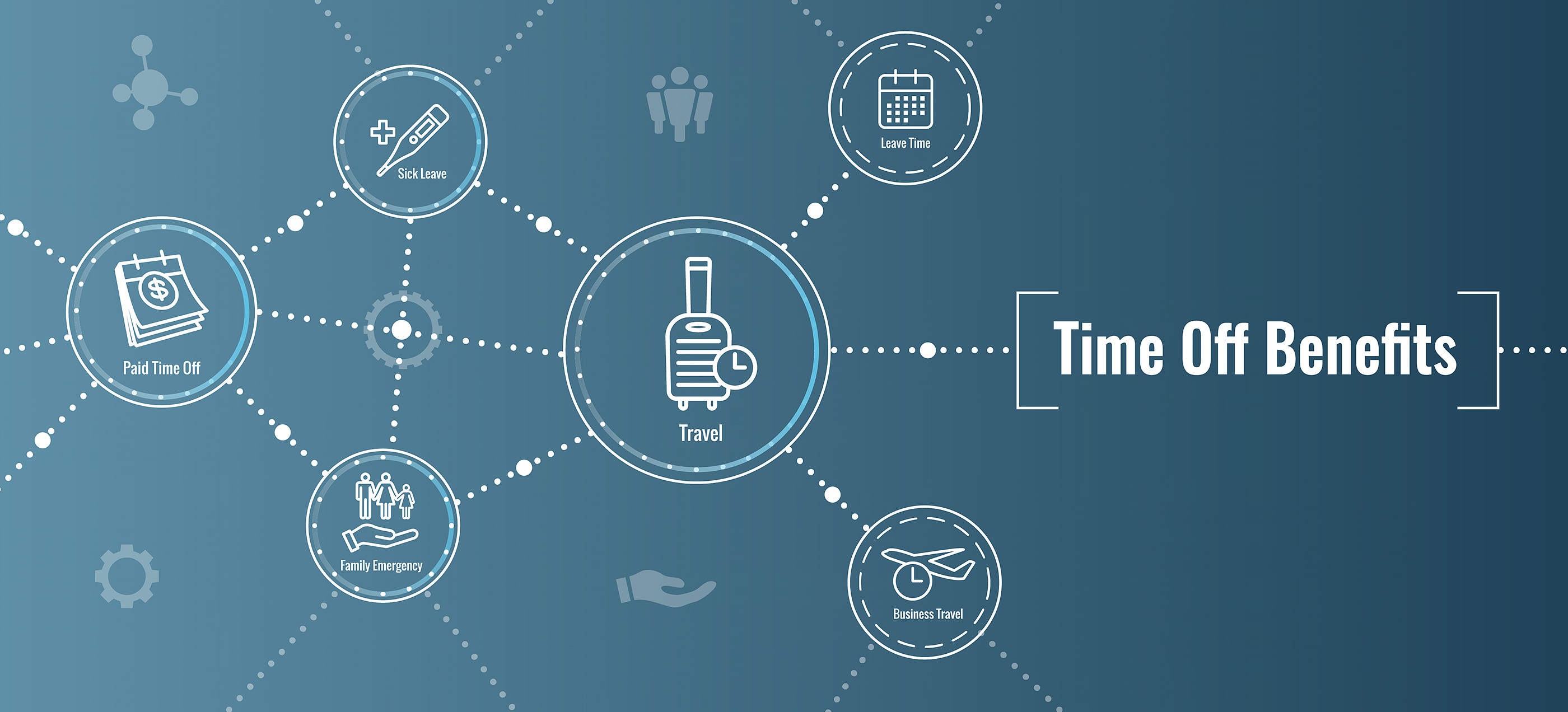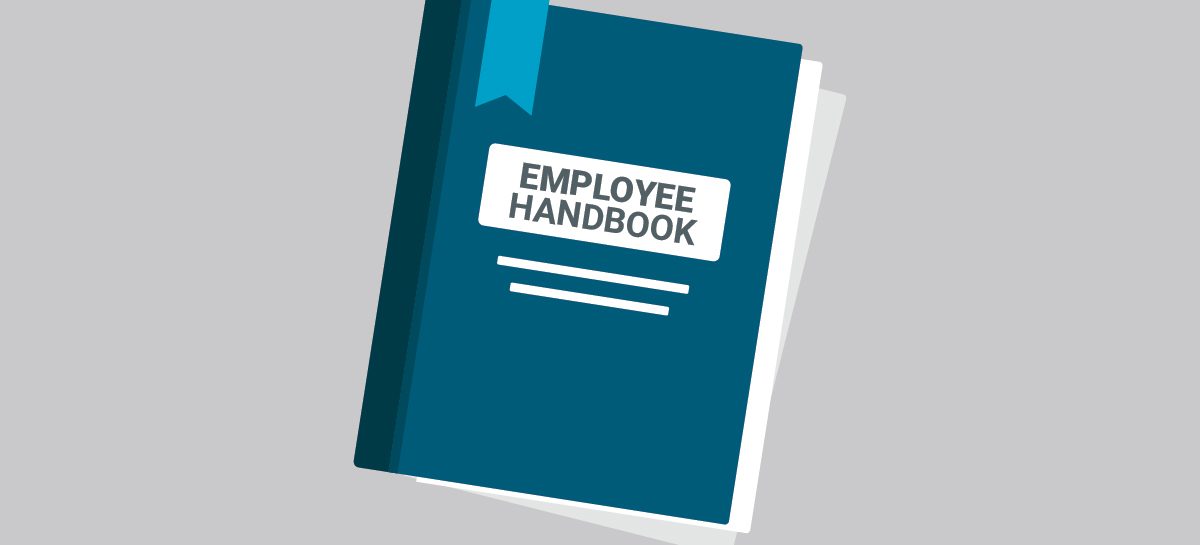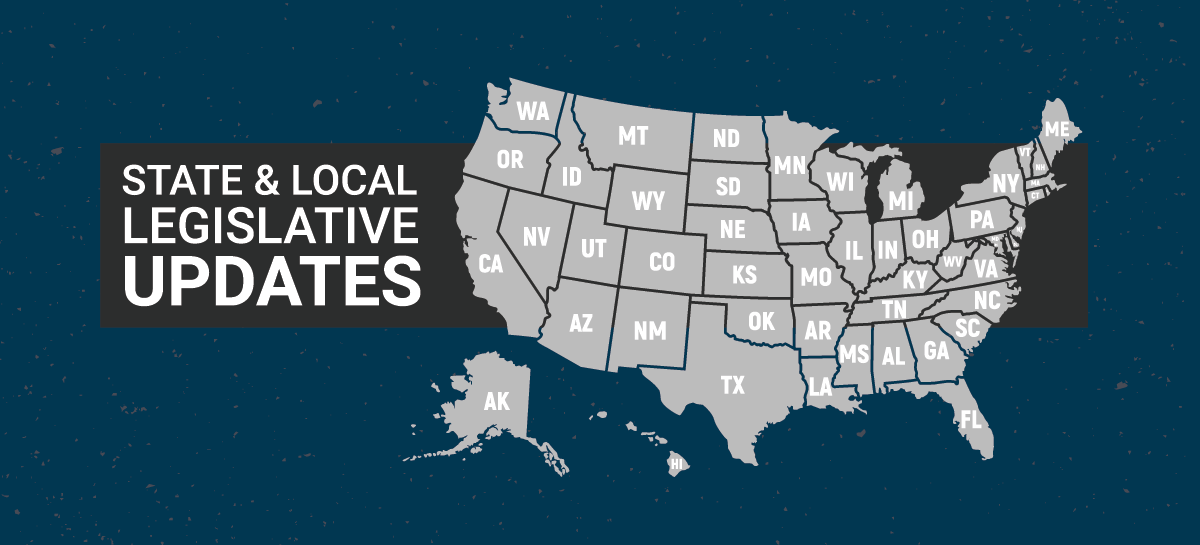
The tight labor market has led employees to make new demands. One of the newest expectations of employers is pay transparency. Despite many employers’ reluctance to embrace pay transparency—because pay transparency can reveal unintended pay gaps and trigger questions from current employees—the practice has gained a stronger foothold in 2023. In fact, a growing number of states and localities require employers to share pay information with applicants and employees. As a result, pay transparency requirements are impacting more employers.


 Dan Bakovich, Business Development Manager
Dan Bakovich, Business Development Manager



